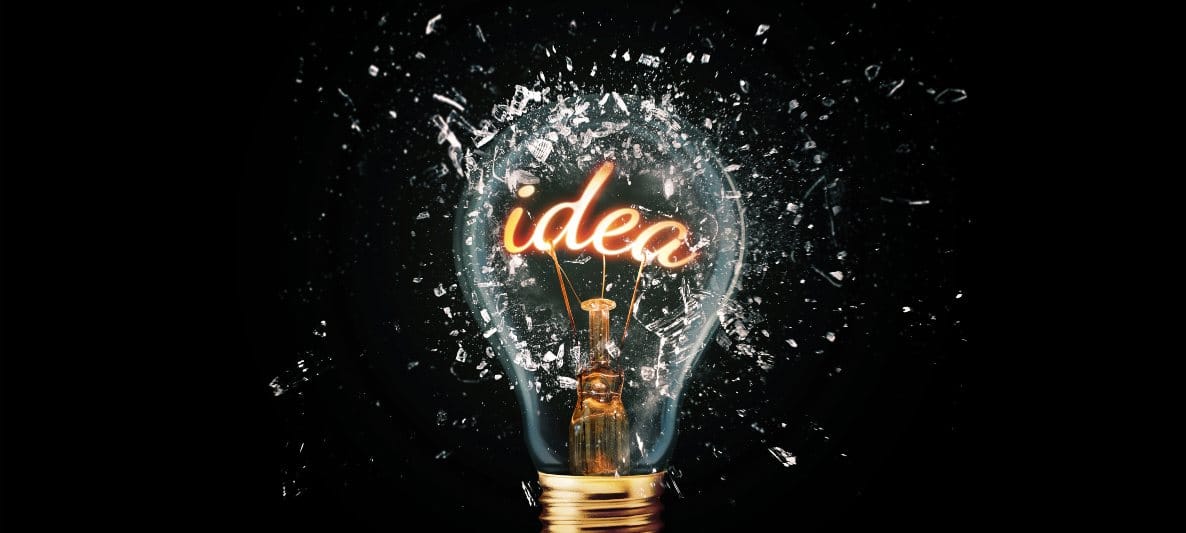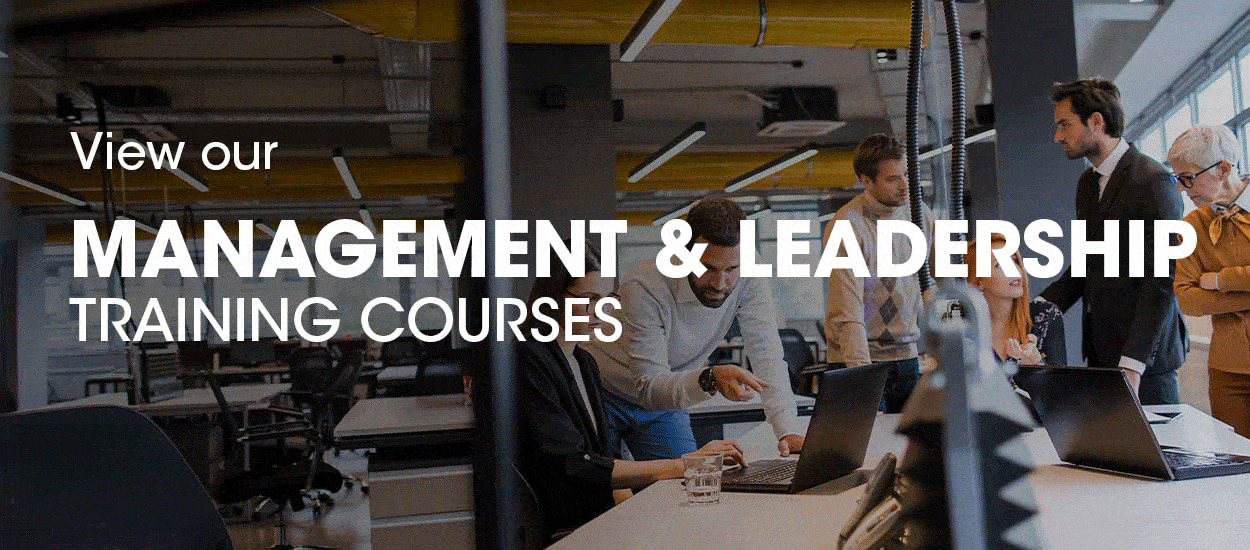
Critical Thinking vs. Creative Thinking: Understanding the Difference
4 mins readOrganizations seek individuals who can solve problems, make sound decisions, and innovate under pressure. Two cognitive abilities often mentioned in this context are critical thinking and creative thinking. Though frequently used interchangeably, these are distinct mental processes that serve different but equally important roles in problem-solving, leadership, and innovation.
Understanding the difference between critical and creative thinking and learning how to leverage both can significantly enhance your effectiveness as a leader, strategist, or collaborator. This article explores the core distinctions, applications, and training opportunities for each, helping you strengthen both skills for peak performance.
What is Critical Thinking?
Critical thinking is the process of objectively analyzing and evaluating information to form a judgment. It is logic-driven, evidence-based, and structured. Critical thinkers are focused on identifying flaws, inconsistencies, and assumptions in arguments or situations, and they work toward making the most rational and informed decisions possible.
Key Characteristics:
- Analytical and structured
- Based on facts and logic
- Evaluative and judgment-focused
- Seeks to minimize risk and error
- Used to solve problems and make decisions
Critical thinking is crucial in negotiation, leadership, project management, and decision-making. It ensures that conclusions are reasoned, risks are mitigated, and strategies are aligned with long-term goals.
The Effective Negotiation, Persuasion & Critical Thinking course equips professionals with the tools to think critically under pressure and navigate complex business scenarios with precision and clarity.
What is Creative Thinking?
Creative thinking is the ability to think in new and imaginative ways. It emphasizes originality, experimentation, and the generation of novel ideas or perspectives. Creative thinkers break patterns, challenge norms, and explore what could be, rather than what is.
Key Characteristics:
- Imaginative and exploratory
- Open-ended and generative
- Non-linear and intuitive
- Embraces ambiguity and possibility
- Used to innovate, ideate, and reinvent
Creative thinking is essential in design, product development, marketing, and leadership. It drives innovation and helps organizations stay competitive in dynamic environments.
Professionals aiming to expand their creative capacity can explore the Certificate in Design Thinking for Innovation and Creativity, which focuses on problem-solving through empathy, ideation, and rapid prototyping.
Critical Thinking vs. Creative Thinking: The Core Differences
While both thinking styles are vital, they serve different purposes in the cognitive process.
| Aspect | Critical Thinking | Creative Thinking |
|---|---|---|
| Purpose | To evaluate and judge | To generate and explore |
| Process | Logical, linear, analytical | Imaginative, open-ended, intuitive |
| Focus | Accuracy, clarity, structure | Innovation, originality, divergence |
| Outcome | Informed decision, error reduction | New ideas, products, or solutions |
| Environment | Structured, data-driven | Fluid, possibility-focused |
Where critical thinking narrows down options to reach the best conclusion, creative thinking expands possibilities to explore new frontiers.
The most successful leaders and professionals know how to balance and switch between these two styles fluidly, depending on context and objectives.
When to Use Critical Thinking
You should rely on critical thinking when:
- Evaluating proposals or business models
- Making high-stakes decisions
- Negotiating contracts or partnerships
- Solving defined problems with known variables
- Analyzing data or trends
The Advanced Negotiation and Critical Partnership Management course integrates critical thinking into high-level stakeholder management, helping professionals assess risks and manage complex relationships strategically.
When to Use Creative Thinking
Creative thinking is best applied when:
- Generating marketing strategies or product ideas
- Exploring ways to improve customer experience
- Solving ambiguous problems with no clear answers
- Driving cultural or digital transformation
- Innovating business models or team structures
The Leadership, Creativity & Peak Performance course provides professionals with tools to foster creativity in leadership roles, enabling them to inspire innovation and adaptability in their teams.
Why Both Thinking Skills Are Essential in Leadership
Effective leadership requires both critical and creative thinking. Leaders must analyze complex problems, make reasoned decisions, and also envision new possibilities, adapt to change, and spark innovation.
Here’s how leaders use both:
- Critical Thinking to evaluate team performance, assess KPIs, and align resources with strategy.
- Creative Thinking to reimagine workflows, launch initiatives, and shape organizational culture.
The Organizational Agility Masterclass bridges both worlds by teaching leaders how to blend structure with innovation to respond to disruption effectively.
Common Misconceptions
1. “Critical thinking stifles creativity.”
While critical thinking involves analysis and constraints, it doesn’t oppose creativity—it refines and strengthens it. Creative ideas are often raw and need critical evaluation to become viable.
2. “Creative thinking is only for artists.”
Creative thinking is vital for everyone, from engineers and marketers to HR professionals and executives. It enables out-of-the-box solutions that keep organizations innovative.
3. “You’re either creative or logical.”
Wrong. These are skills, not traits. With training and practice, individuals can develop both and know when to apply each strategically.
Practical Tips to Develop Both Thinking Styles
To Enhance Critical Thinking:
- Ask clarifying questions
- Analyze assumptions and biases
- Consider multiple perspectives
- Practice decision journaling
- Engage in debates or structured discussions
To Enhance Creative Thinking:
- Use brainstorming or mind-mapping techniques
- Practice divergent thinking exercises
- Remove constraints temporarily to explore ideas
- Switch environments to stimulate new thinking
- Embrace playfulness and curiosity
Combining both styles—such as starting with divergent creative ideation followed by convergent critical filtering—is a powerful method for strategic innovation.
Real-Life Example: Product Development Challenge
Imagine a tech company exploring a new app idea:
- The creative team generates a range of wild and engaging concepts, including gamification and AI features.
- The critical thinking team evaluates feasibility, user feedback, costs, and timeline constraints.
Together, the team refines a bold idea into a viable, well-structured, and customer-centric product—illustrating how creative and critical thinking complement one another to drive innovation.
Embedding These Skills into Organizational Culture
Organizations that prioritize both thinking styles see benefits in:
- Agile decision-making
- Sustainable innovation
- High employee engagement
- Better problem-solving across departments
To support this, invest in structured training like:
- Effective Negotiation, Persuasion & Critical Thinking
- Certificate in Design Thinking for Innovation and Creativity
- Leadership, Creativity & Peak Performance
- Organizational Agility Masterclass
These programs guide individuals and teams to unlock their full cognitive potential.
Mastering the Balance
In a world that demands clarity and creativity in equal measure, mastering both critical and creative thinking is essential. Critical thinking sharpens your decisions; creative thinking fuels your vision. Used together, they transform challenges into opportunities, stagnation into innovation, and uncertainty into strategy.
Whether you’re leading a team, designing solutions, or driving transformation, Copex Training offers the right resources to help you strengthen these vital cognitive skills.
Explore our Management & Leadership Training Courses or dive deeper into specialized programs like:
- Effective Negotiation, Persuasion & Critical Thinking
- Advanced Negotiation and Critical Partnership Management
- Leadership, Creativity & Peak Performance
- Certificate in Design Thinking for Innovation and Creativity
- Organizational Agility Masterclass
Equip yourself with the thinking skills of the future—because the best leaders don’t just think harder, they think smarter.





